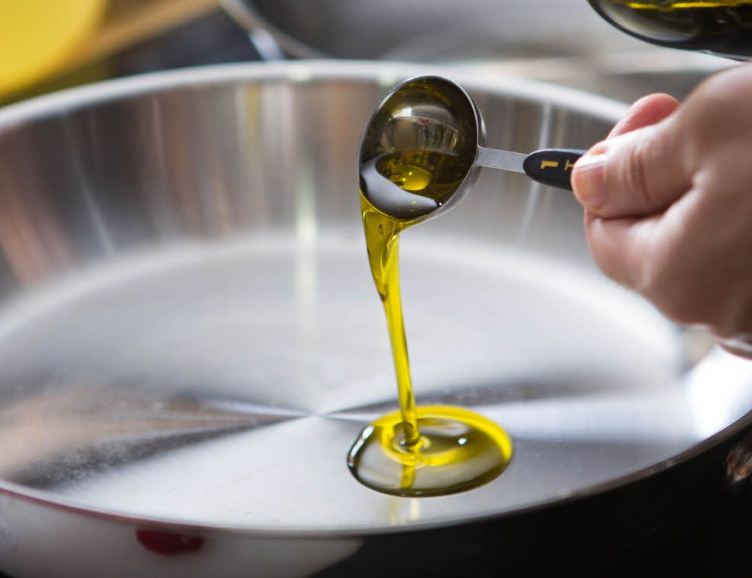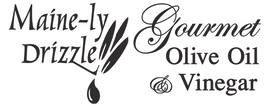Cooking With Olive Oil - From The Olive Oil Times
As a finish and condiment, high quality extra virgin olive oils are poured over everything from rice, potatoes, vegetables and beans to meats, poultry and fish. Olive oil is a versatile ingredient that has been used in cooking for thousands of years. It has broken down a lot of boundaries in recent times, becoming a staple in kitchens well beyond the area of its Mediterranean roots. Not only can you cook just about anything with olive oil, you should cook just about everything with olive oil instead of using the less healthy fats, such as butter or margarine.
Robust extra virgin oils are perfect for cooking seafood, to make marinades, or on strongly flavored ingredients such as peppers or garlic. A medium intensity oil is delicious with mozzarella and for dipping bread, for frying and sautéing. More mild olive oils work well when used in baking. Whatever the use, the most important thing is to find an oil that tastes great to you. Have several different kinds on hand and experiment pairing oils with your dishes. When it works, you’ll know it. The flavor of the fresh olive fruit will shine through adding a new sublime
dimension to your creation.
-

-
Heating Olive Oil and Smoke Point: From The Olive Oil Source
One of the questions we are asked most often is what happens when olive oil is heated and/or used for frying. The important thing about cooking with any oil (olive or otherwise) is not to heat the oil beyond its smoke point (also referred to as smoking point). The smoke point refers to the temperature at which a cooking fat or oil begins
to break down. The substance smokes or burns, and gives food an unpleasant taste. But what is the smoke point of olive oil? Depending on where you look for an answer, you may get vastly different ideas.
Relationship Between Smoke Point and Quality Of Olive Oil
-

-
The smoke point of oil varies with its quality. High quality extra virgin olive oils (with low free fatty acids) have a higher smoke point. They are an excellent choice, but tend to be more expensive. Mass produced, low quality olive oils have a much lower smoke point. Please note that we are talking about virgin oils, not chemically refined oils, such as “light” olive oils.
In general, extra virgin olive oil smokes roughly between 400 and 365ºF (204 and 185ºC) depending on its free fatty acid content. Here is what the International Olive Oil Council (IOOC) has to say about frying food with olive oil: When heated, olive oil is the most stable fat, which means it stands up well to high frying temperatures. Its high smoke point (410ºF or 210ºC) is well above the ideal temperature for frying food (356ºF or 180ºC).
As a reference point, the table from the IOOC shows standard cooking temperatures:
Collapsible content
High water content: vegetables, potatoes, fruit ...
Medium (266-293ºF or 130-145ºC)
Coated in batter, flour or breadcrumbs, forming crust
Hot (311-338ºF or 155-170ºC)
Small, quickly fried: small fish, croquettes
Very Hot (347-374ºF or 175-190ºC)


